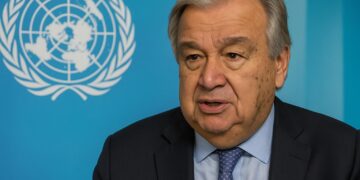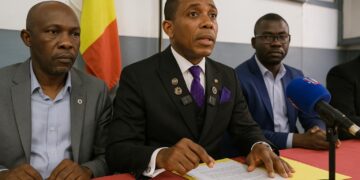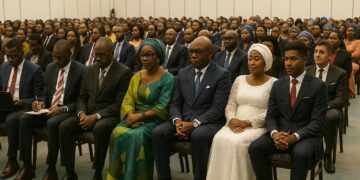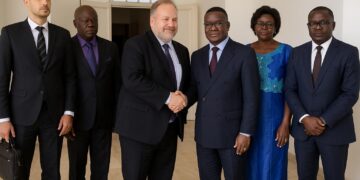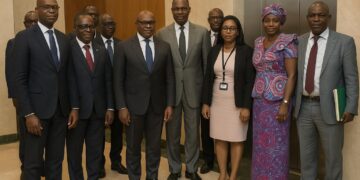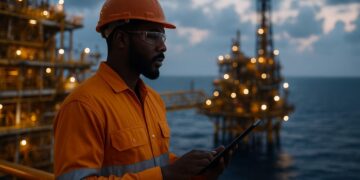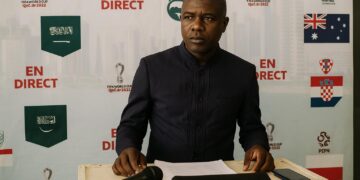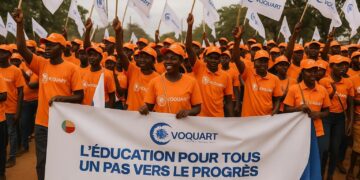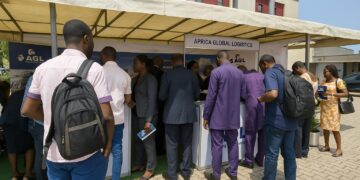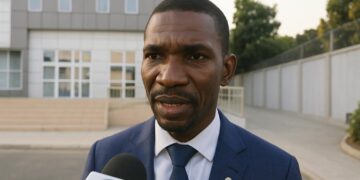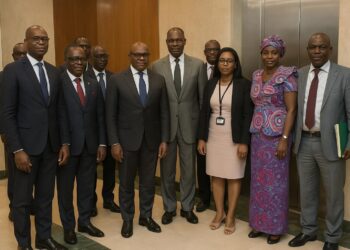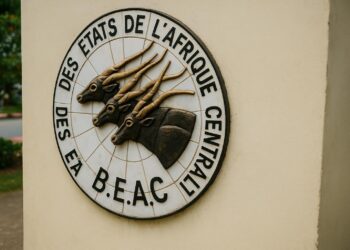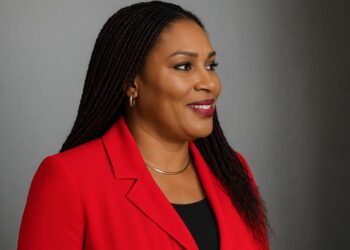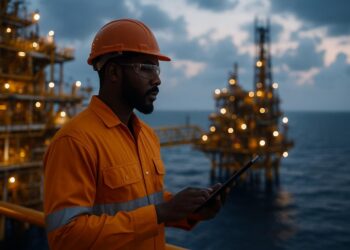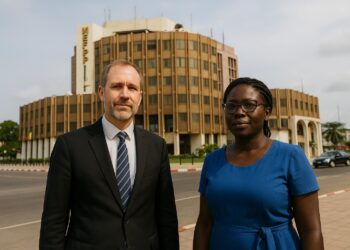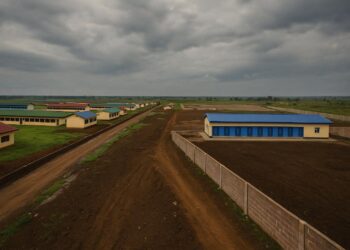Fiscal price steadies near USD 69
Republic of Congo officials closed the October price-setting round with a fiscal benchmark of 69.16 dollars a barrel, barely 0.02 dollars above the previous quarter. The figure, published after three days of deliberation in Pointe-Noire, becomes the reference for royalties, taxes and budget forecasts.
The session, chaired by Hydrocarbons Minister Bruno Jean Richard Itoua, gathered producers, traders and tax inspectors. Delegates reconciled export invoices, shipping fixtures and Platts quotations to converge on a price they judged “defensible and competitive” for the third-largest crude exporter in Central Africa.
International benchmarks provide context
Djeno Mélange, the flagship Congolese stream, averaged 68.25 dollars over the quarter, while lighter Nkossa Blend fetched 68.82 dollars and sweet Yombo ticked up to 70.40 dollars. Differentials ranged from minus 0.53 to plus 0.83 dollars, mirroring volatility seen on Brent and West Texas markets.
OPEC’s September 2025 Oil Market Report showed a similar stabilization trend, with the organization’s basket hovering around 86 dollars. Analysts at Rystad Energy credit disciplined supply management by OPEC+, tempered Chinese demand growth and geopolitical risk premia for keeping prices in a narrow corridor.
Budget arithmetic benefits from predictability
The Ministry of Finance based the 2025 budget on a conservative oil hypothesis of 65 dollars. Maintaining a fiscal price above that floor offers what one Treasury official called “welcome breathing room” for social programs, domestic arrears clearance and the ongoing Plan National de Développement.
IMF staff, during their Article IV mission in July, projected real GDP growth of 4.3 percent provided oil output remains stable. A higher realized price could trim the deficit by 0.5 percent of GDP, though authorities insist any windfall will be directed toward debt reduction.
Production ramp-up under way
TotalEnergies, Eni and Chevron collectively pumped about 291,000 barrels per day in August, according to Congo’s Hydrocarbons Directorate. Minister Itoua reiterated the target of lifting national output above 350,000 barrels by 2027 through infill drilling on mature fields and accelerated tie-backs of satellite discoveries.
The Moho-Nord phase-two program is on schedule, while Eni’s Marine XII block will add gas-rich oil laterals next year. State-owned Société Nationale des Pétroles du Congo is also drilling in the Cuvette onshore basin, diversifying the geography of supply beyond the traditional offshore heartland.
Infrastructure modernisation gains traction
Pointe-Noire’s new export terminal, commissioned in May, can now blend crudes on site, reducing quality penalties formerly imposed by traders. The 1.2-million-barrel floating storage unit Petronoir will cut demurrage costs and improve scheduling, a step applauded by BofA Securities analysts tracking sub-Saharan logistics efficiency.
On the midstream side, the 400-kilometre Djeno-Maloukou products pipeline reached financial close with Afreximbank in September. Once built, it should allow refined fuels to reach Brazzaville by pipe instead of truck, trimming road maintenance bills and reducing carbon emissions along the busy Route Nationale 1.
Toward inclusive resource valorisation
Congo’s hydrocarbons code mandates that six percent of gross output value be allocated to local content spending. The ministry reports compliance at 4.8 percent for the first half, up from 3.9 percent in 2024. Training centres in Oyo and Pointe-Noire are already registering higher apprentice intake than last year figures.
National refining champion CORAF began co-processing bio-feedstock with conventional crude, a pilot hailed by the African Refiners Association as a pioneering decarbonization move. Engineers involved say the plant could displace up to 30,000 tonnes of imported diesel annually once the initiative scales in 2027 across full capacity.
Next price-setting round on the horizon
The committee will reconvene from seven to nine January 2026 under the presidency of Eni Congo, as rotation dictates. By then, authorities expect to possess complete fourth-quarter shipping data and a clearer reading of 2026 global demand signals, including OECD stock trends and monetary policy.
Most houses surveyed by Bloomberg foresee Brent averaging 85 dollars in 2026, underpinned by slower US shale growth and renewed aviation demand. Should those projections materialize, Congo’s fiscal benchmark could inch higher, yet officials insist the methodology will continue prioritizing prudence over bullish sentiment.
Investor takeaway
For portfolio managers with exposure to CFA-denominated sovereign bonds, the sustained 69-dollar anchor reduces near-term volatility in external accounts while offering optionality if prices firm. Equity investors see upside in listed service contractors, as order books lengthen on the back of infrastructure debottlenecking and stable cash flows prospects.
Development finance institutions likewise welcome the transparency of quarterly pricing, a prerequisite for mobilizing blended capital into gas-to-power and petrochemical ventures. Provided governance standards continue to improve, Congo’s hydrocarbon platform could remain a cornerstone of macro stability while gradually pivoting toward lower-carbon, higher-value products in global export chains.
Credit rating agencies will revisit Congo’s outlook early in 2026. A Fitch analyst notes that every five-dollar increase in the fiscal price, if sustained, could enhance the current account by 1.2 percent of GDP, supporting the goal of regaining a single-B rating within two years should conditions remain favorable.




